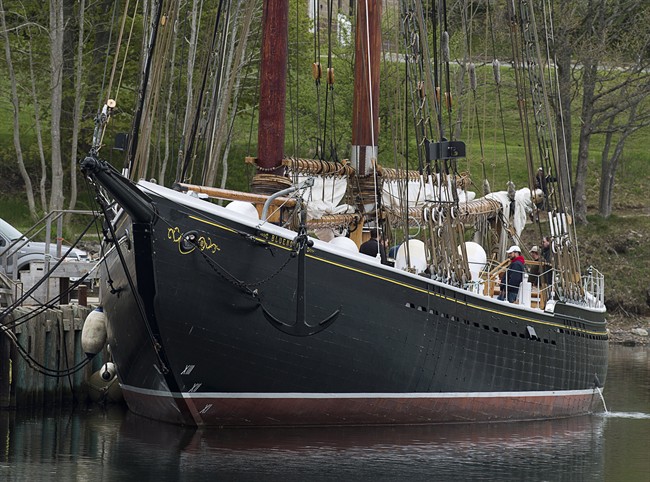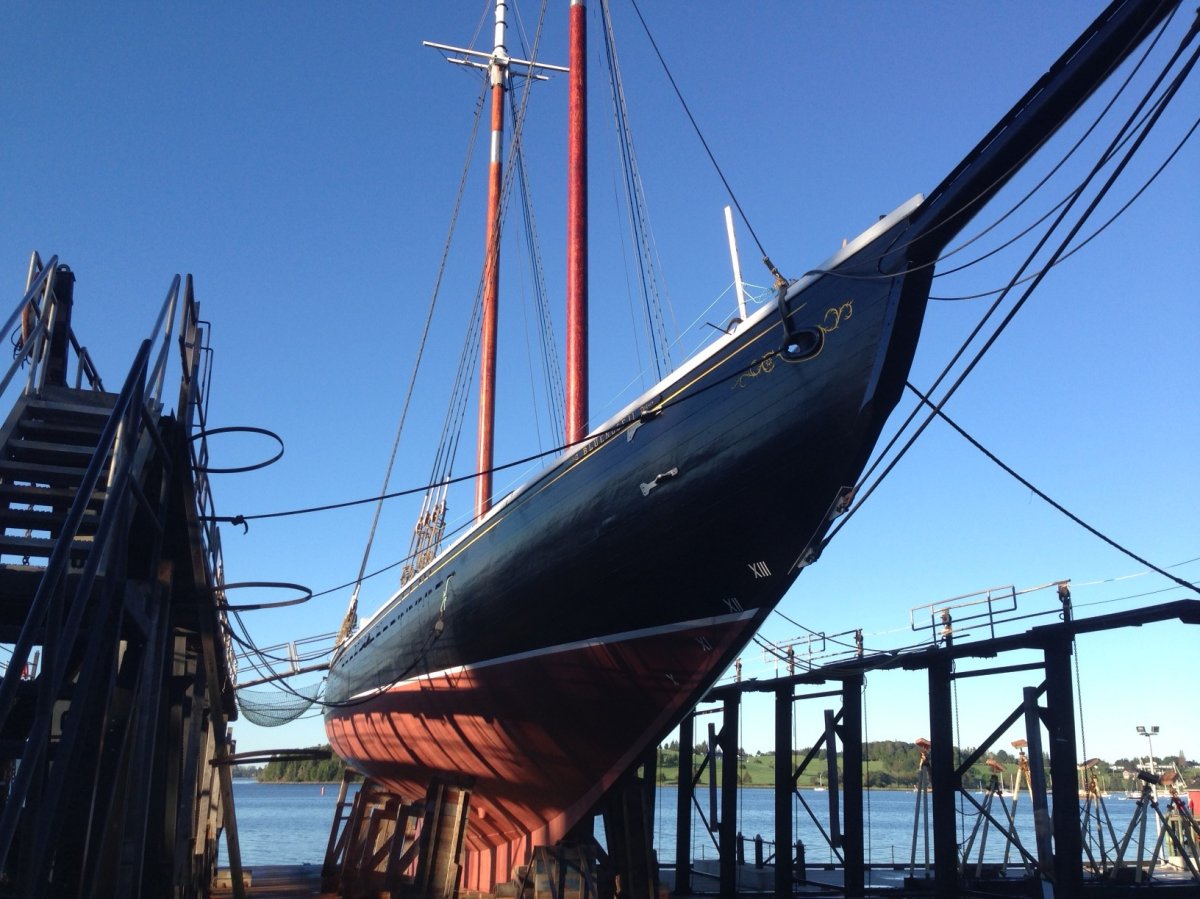The Bluenose II rebuild has been embarrassing for everyone involved. There is a litany of well-publicized reasons for Nova Scotians to be fed up with the project, which is now three years late and $5 million over budget. There is also a handful of lesser-known issues that could drive people off the deep end.

Here are four of them:
1. Nova Scotia was never supposed to pay the whole bill

Remember the Economic Action Plan? The Bluenose II rebuild was originally a Federal Infrastructure Renewal Fund project. In May 2009, Ottawa and the provincial government each committed to pay $7.2 million to split the $14.4-million cost of the project.
The plan was to finish the schooner by March 2011, per the Infrastructure Fund requirements. When the build went past deadline, the federal government pulled its support. The feds tried to ease the financial pain by offering a $4.9-million grant in 2011. As it stands, the definitive details of any current cost-sharing arrangement are not known.
READ MORE: Minister calls for review of delayed Bluenose II restoration project
2. The government has blamed the ABS for delays, but the government hand-picked it for the job
Nothing happens on the Bluenose II until the American Bureau of Shipping (ABS) — a classification society — approves it.
Nova Scotia government officials say the ABS is central to each decision made on the ship’s design and construction. Many officials are pointing the blame at the ABS, but really, the organization is just doing the job the government hired it to do.
Along with classing the Bluenose II (explained below), the ABS also works on behalf of Transport Canada to inspect the ship. Every new Canadian ship needs Transport Canada’s sign-off before setting sail. With so many new vessels launched each year, the agency often delegates its duties to organizations such as the ABS.
Steve Bone, a Transport Canada official, told Global News in 2012 that the province “voluntarily chose to enrol in the Delegated Statutory Inspection Program and chose to enrol with the American Bureau of Shipping.”
The province had at least three other options, but went with the ABS.
3. The ABS is making up which regulations it applies

The ABS is doing its job, but it’s flying by the seat of its pants: as odd as it may sound, the organization is only enforcing select regulations.
The ABS works for Transport Canada to inspect the ship, but is also tasked directly by the province to “class” it. Classing a vessel means building it to a recognized standard, which can lower insurance costs, smooth entry into certain ports and often guarantee a solid ship.
Most classification societies get hired to work on a project, choose the rule book that applies to that particular ship, and begin designing.
But the ABS doesn’t have a rulebook that fully covers the Bluenose II design. The organization is picking regulations from three different books, each aimed at covering very different kinds of ships.
An official at the American Bureau of Shipping, told Global News in 2012 the three rulebooks are:
- ABS Guide for Building and Classing Offshore Racing Yachts
- Rules for Construction and Classification of Wood Ships
- Rules for Building and Classing Steel Vessels
Suddenly, it’s clear why the Bluenose II — a wooden ship — has a metal rudder.
READ MORE: Documents show Bluenose II restoration almost $1M over budget
4. The new rudder isn’t actually why the project is late and over its budget

The new rudder weighs as much as three family sedans, but it’s not the biggest obstacle preventing the project from meeting budget and deadline goals.
It’s all the small things.
Take the Bluenose II’s wiring as an example. Sources close to the project have told Global News that builders bought industry-grade wiring — the same kind that has been used on hundreds of other ships. The ABS said the wires were no good, and forced the builders to order from a specific company. The builders contacted the company and went line-by-line through each wire they needed for the Bluenose II rebuild. Then they took that inventory list back to the ABS for approval.
By the time the ABS gave the OK and the builders returned to the company, the approved wires were no longer available from the company, and the process had to start over.
This and other bureaucratic back-and-forth during the course of the rebuild has added up to a project Nova Scotia Premier Stephen McNeil has rightfully termed “a boondoggle”.





Comments